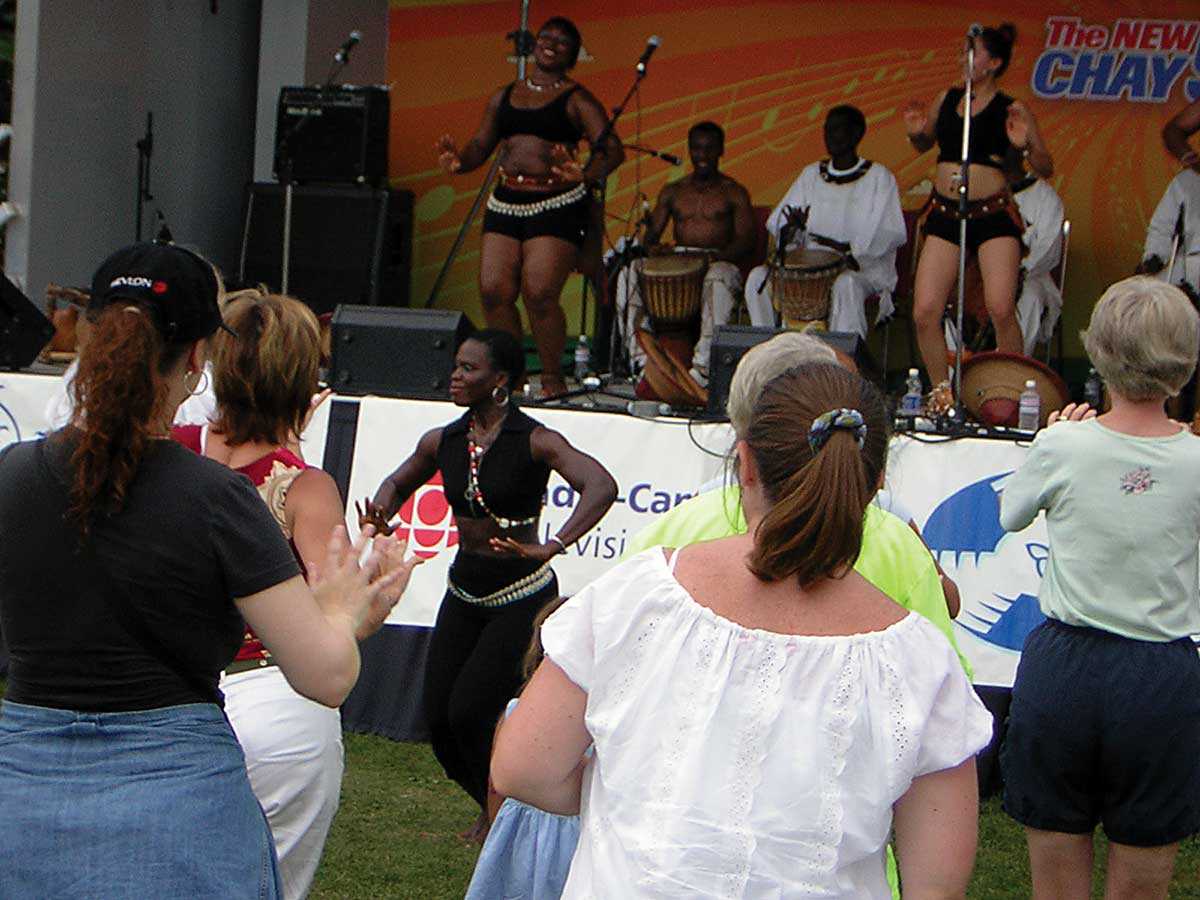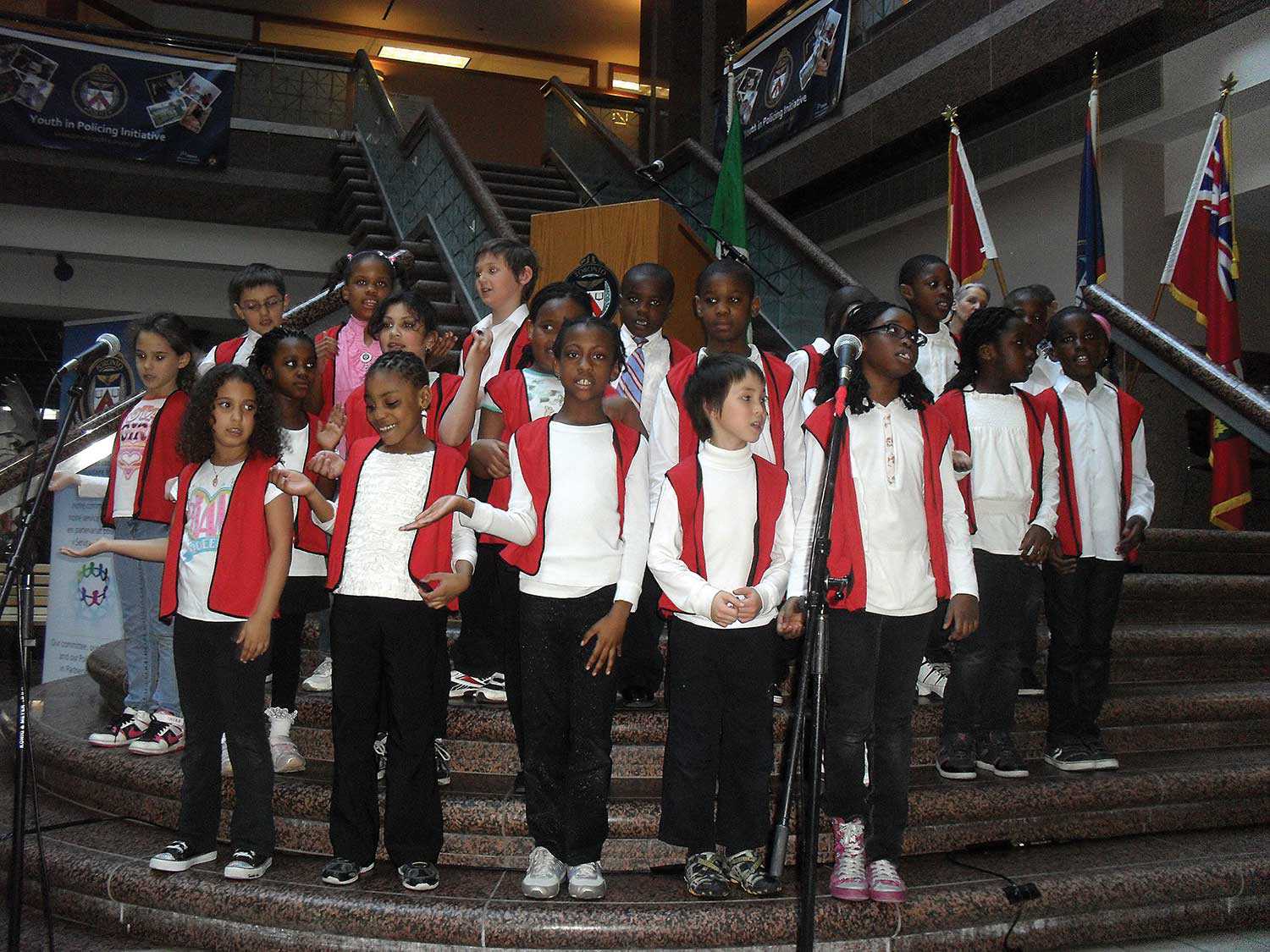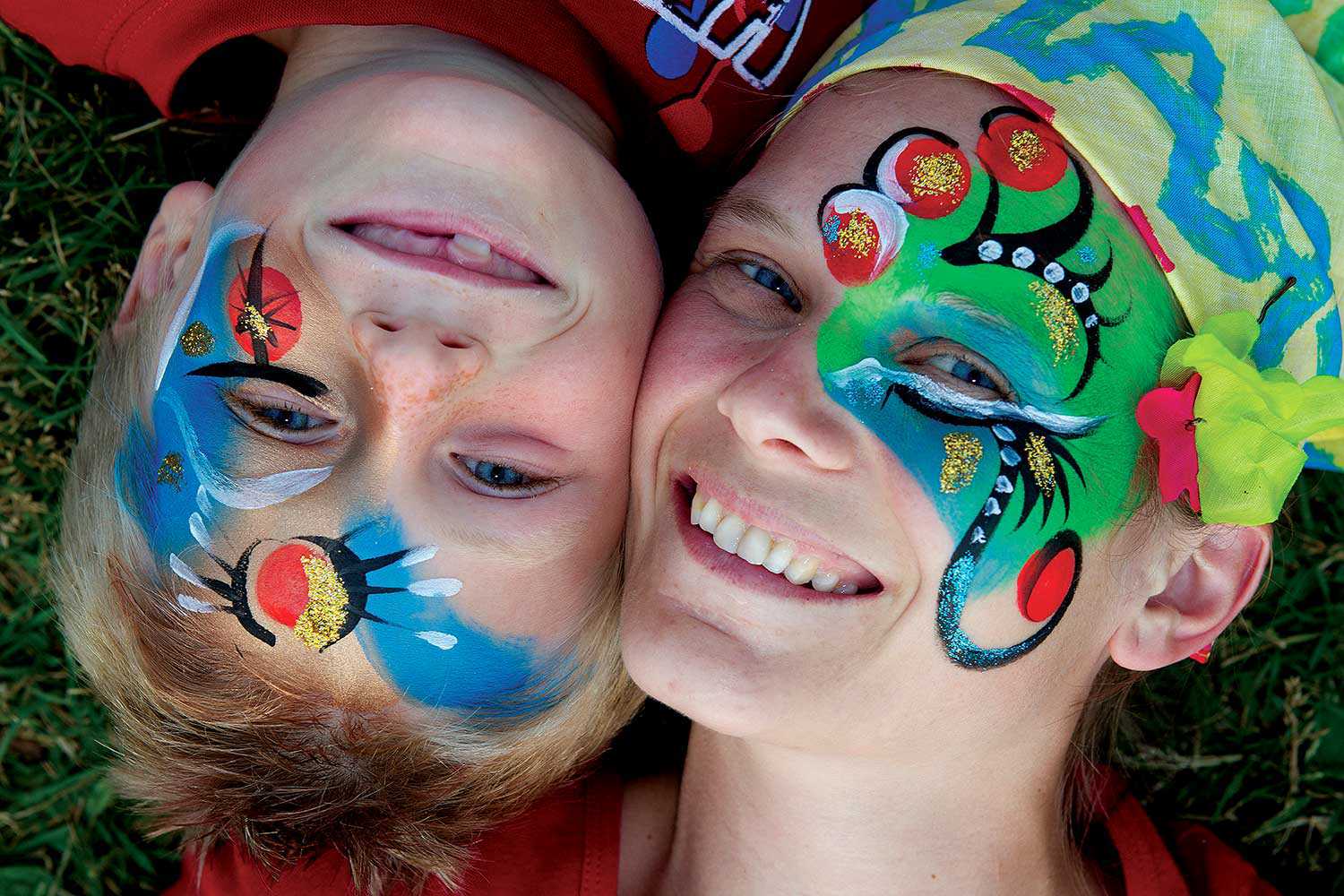

Browse by category
- Adaptive reuse
- Archaeology
- Arts and creativity
- Black heritage
- Buildings and architecture
- Communication
- Community
- Cultural landscapes
- Cultural objects
- Design
- Economics of heritage
- Environment
- Expanding the narrative
- Food
- Francophone heritage
- Indigenous heritage
- Intangible heritage
- Medical heritage
- Military heritage
- MyOntario
- Natural heritage
- Sport heritage
- Tools for conservation
- Women's heritage
Waving the flag: A conversation with Gaétan Gervais
In the 1970s, the Franco-Ontarian flag was created – not so much as a symbol against anyone or anything, but more so to create an emblem that would resonate among francophones.
In a conversation with Gaétan Gervais, Professor Emeritus at Laurentian University (and one of the people who helped create the flag), we learned more about how waving a flag has brought a community closer together – a community that is scattered throughout Ontario, from the eastern communities along the Quebec border to the francophones of southwestern Ontario in the Windsor and Welland areas, to our northern communities where Franco-Ontarian settlement has been historically established, and everywhere in between.
“Creating the flag met a need in the Franco-Ontarian community,” said Gervais. “The minority felt it had lost its bearings with the rise of the new Québécois nationalism.” The Laurentian University francophone students’ association, created in 1974, supported this need for emblems that both shaped and affirmed the community’s identity.
“It started out as a small group thing and the flag took time to establish itself,” recalls Gervais. “Symbols make an identity whole. We believed that if people wanted to assert themselves as Franco-Ontarian, they should be able to. There was not a lot of reaction; what feedback there was to the flag was mostly positive.”
With this green and white flag established – green to represent the northern forests and white the winter snow – there was finally a unifying symbol that gained traction provincewide with various groups and regions.
“At first we only brought it out a few times a year,” remembers Gervais. “We never expected it to be as popular as it turned out to be. We had hopes, obviously, but the flag’s popularity confirmed that there was a use for it and that people would come together around it.”
In the past 15 years, with the fight to save Montfort Hospital (1997), with the way the teachers have made it their own, and its recognition by Queen’s Park as an official emblem in 2001, the Franco-Ontarian flag has taken flight.
“It’s clear that the flag has connected with people,” Gervais states. “It really struck a nerve.”
Today, the flag has taken on a different role and meaning. It continues to be a symbol of Franco-Ontarian identity, but it also reminds everyone of our French heritage. The flag has made an impact, not because it was seen as an extension of the francophone population in Québec, or as a distinct minority group in Ontario, but as somewhere in between. In waving the flag, we are reminded of our past and united to keep that tradition alive.

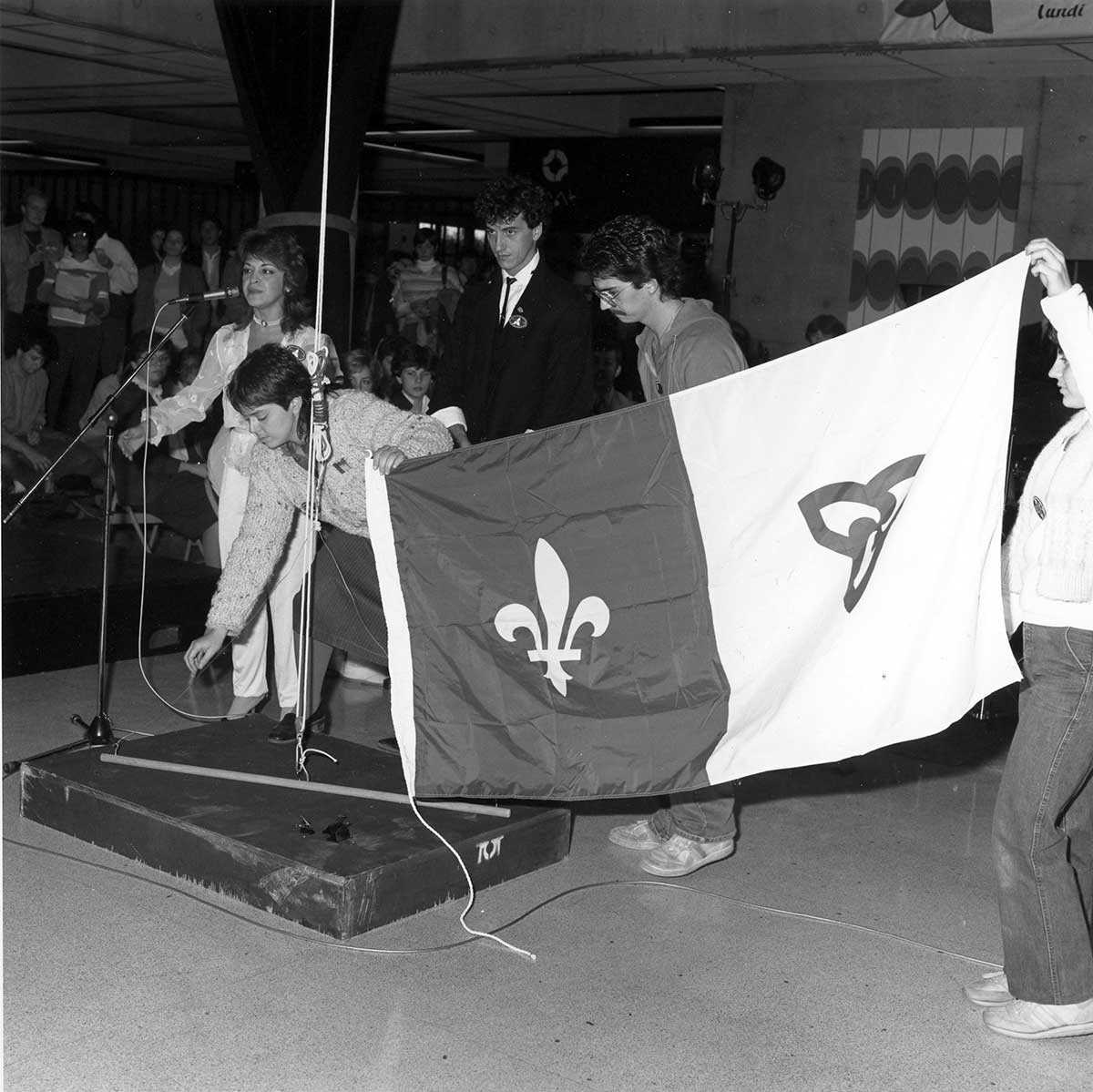
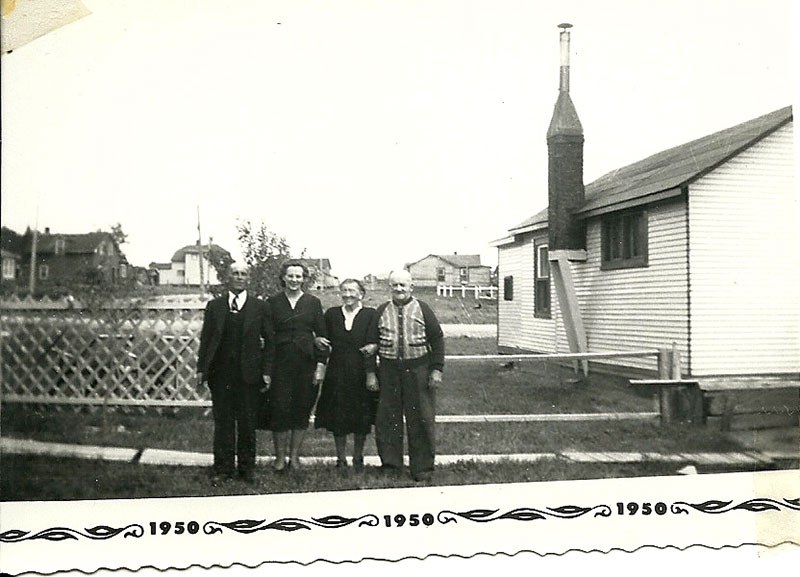
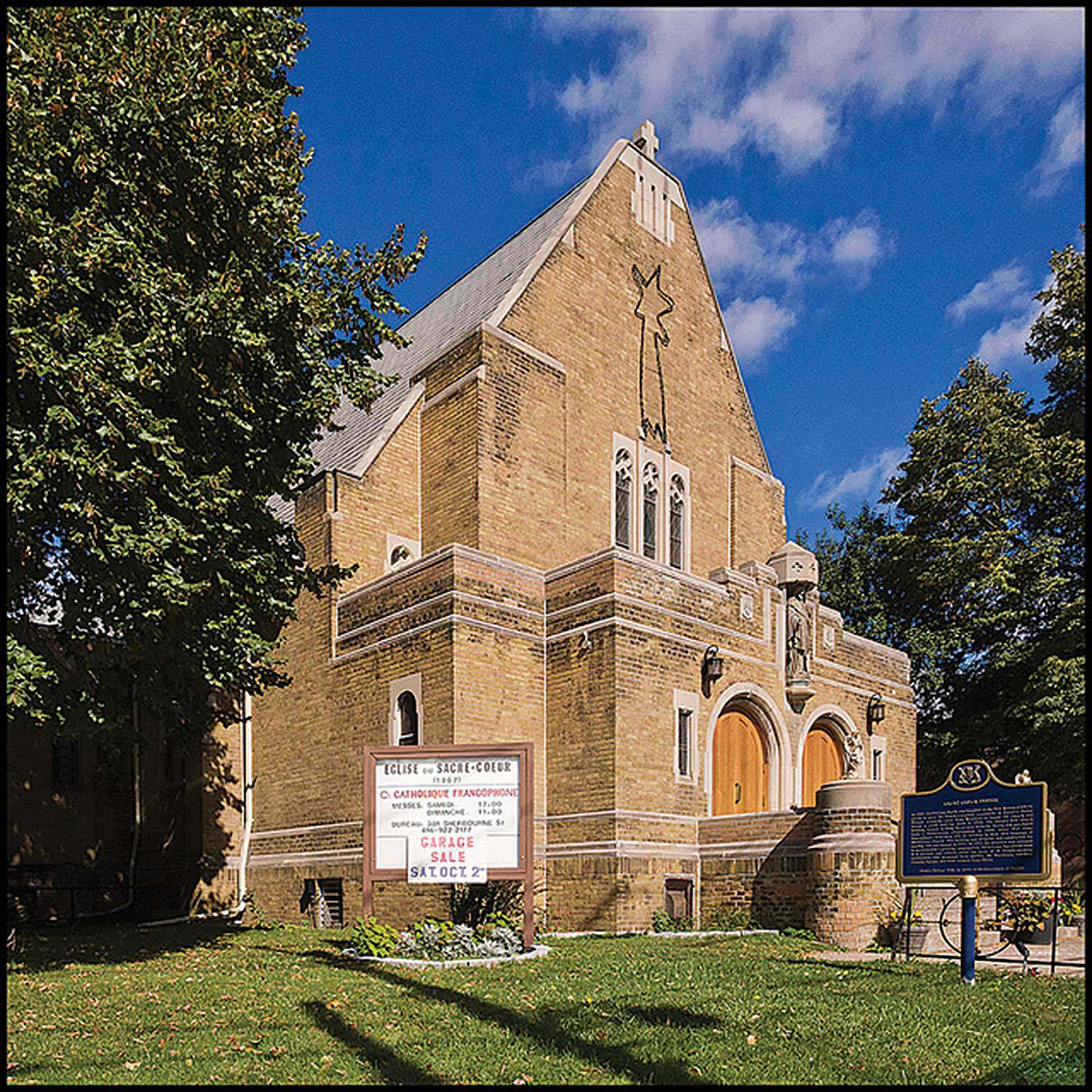
![The family of Simon Aumont. Only Simon himself and Irène (seated, holding a doll), survived the great fire that devastated the region in 1916, Val Gagné (Ontario), [before 1916]. University of Ottawa Centre for Research on French Canadian Culture, TVOntario archive (C21), reproduced from the collection of Germaine Robert, Val Gagné, Ontario.](https://www.heritage-matters.ca/uploads/Articles/Frenette-Ph23-VG-3-web.jpg)
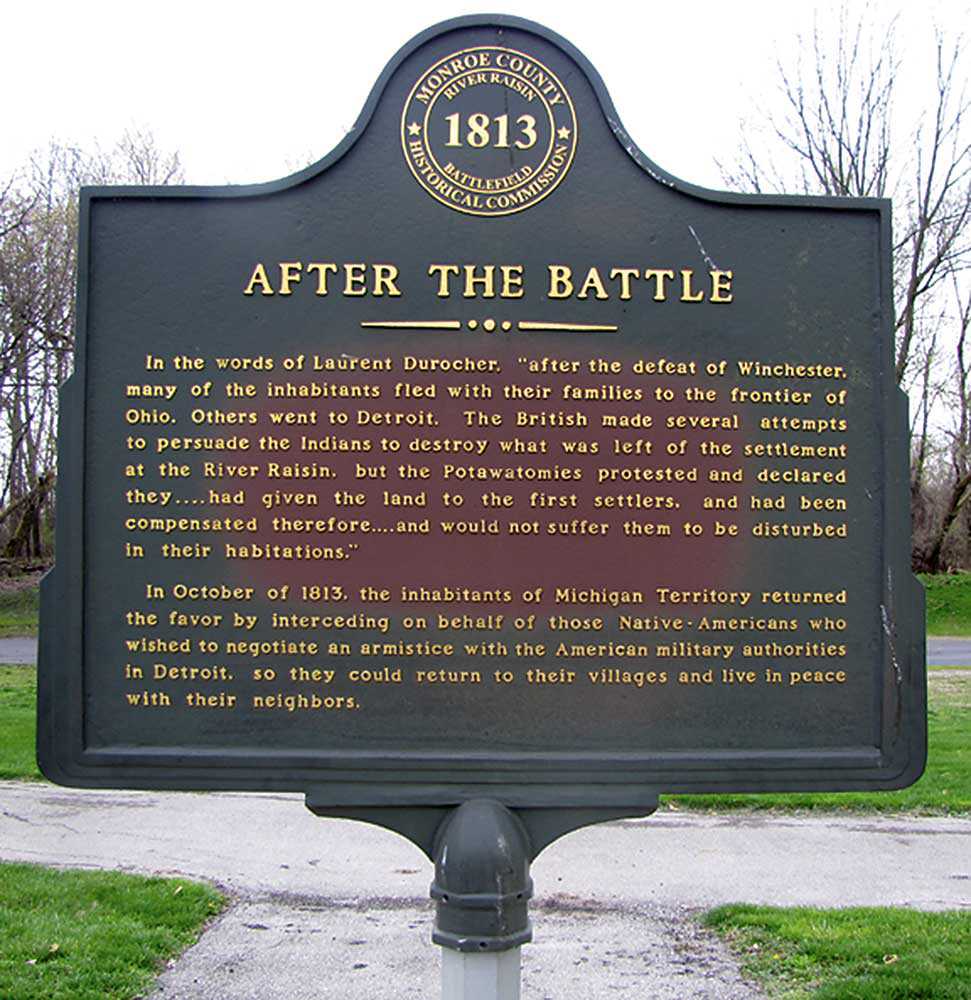
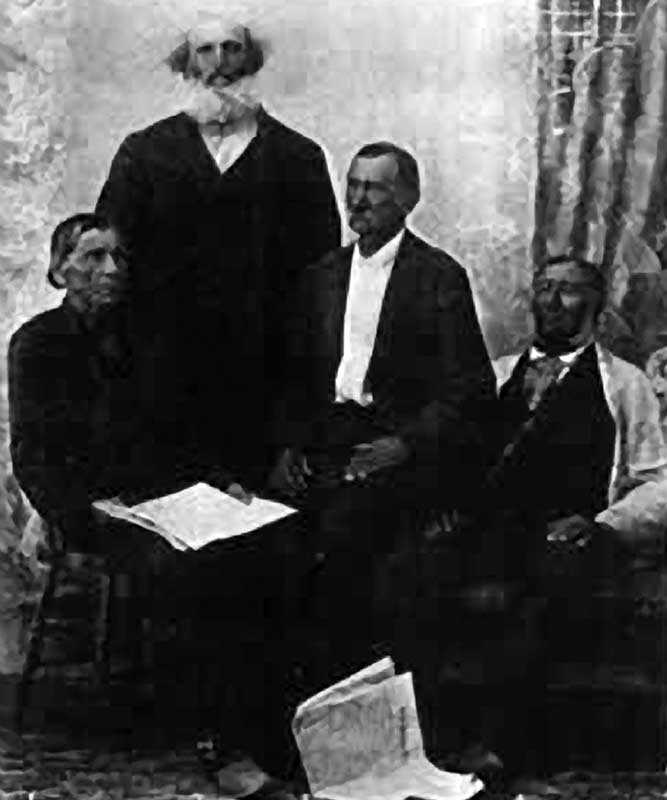
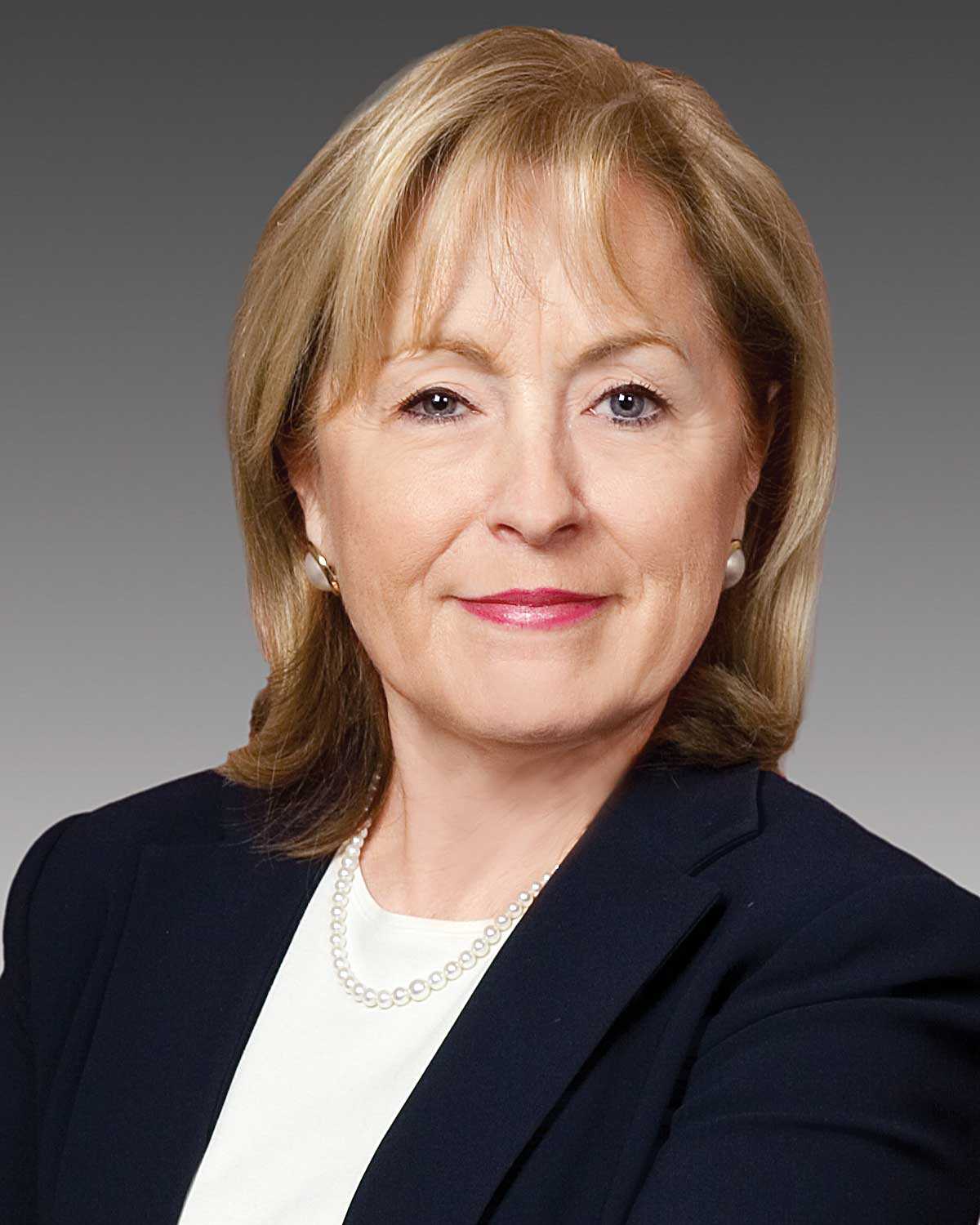
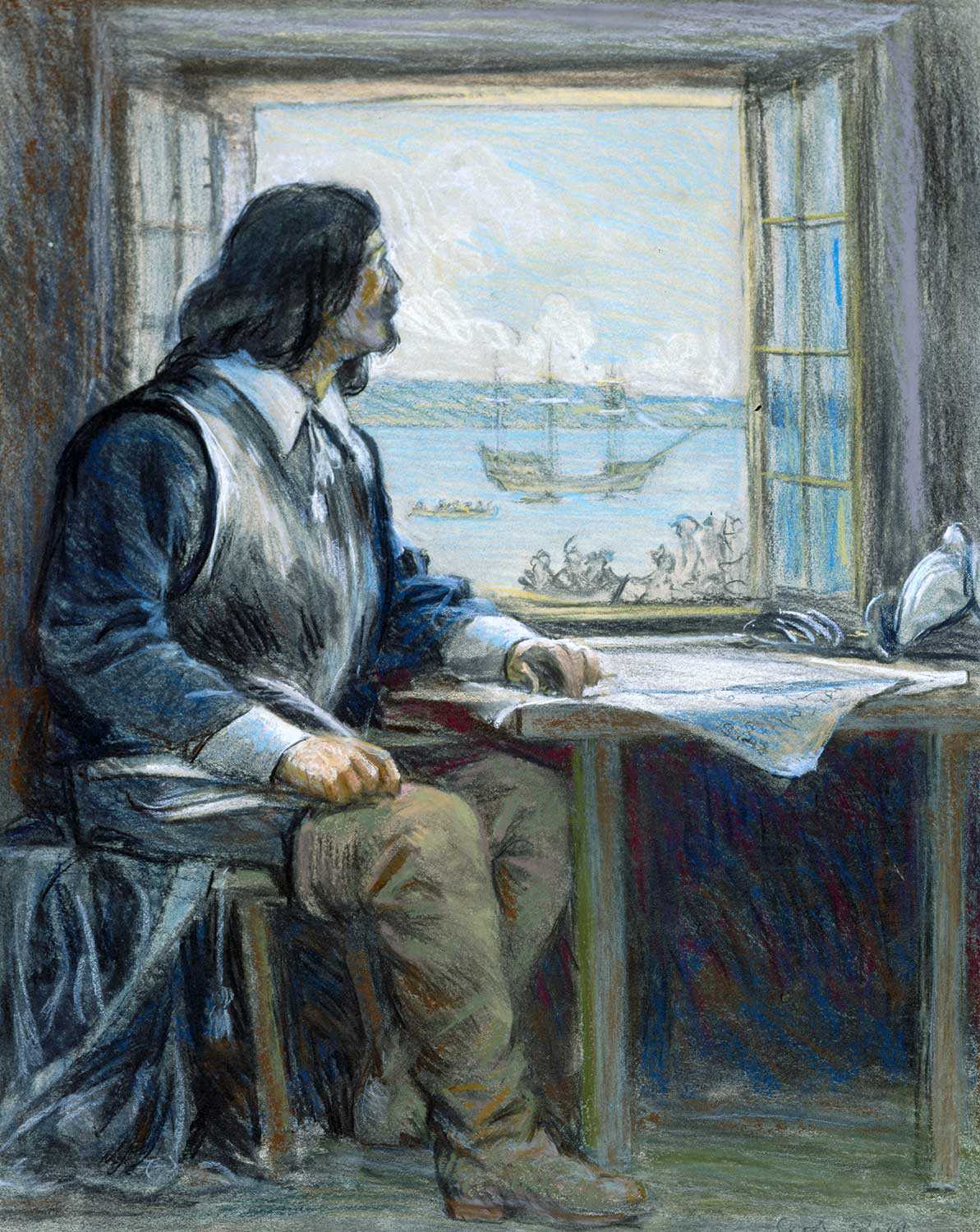
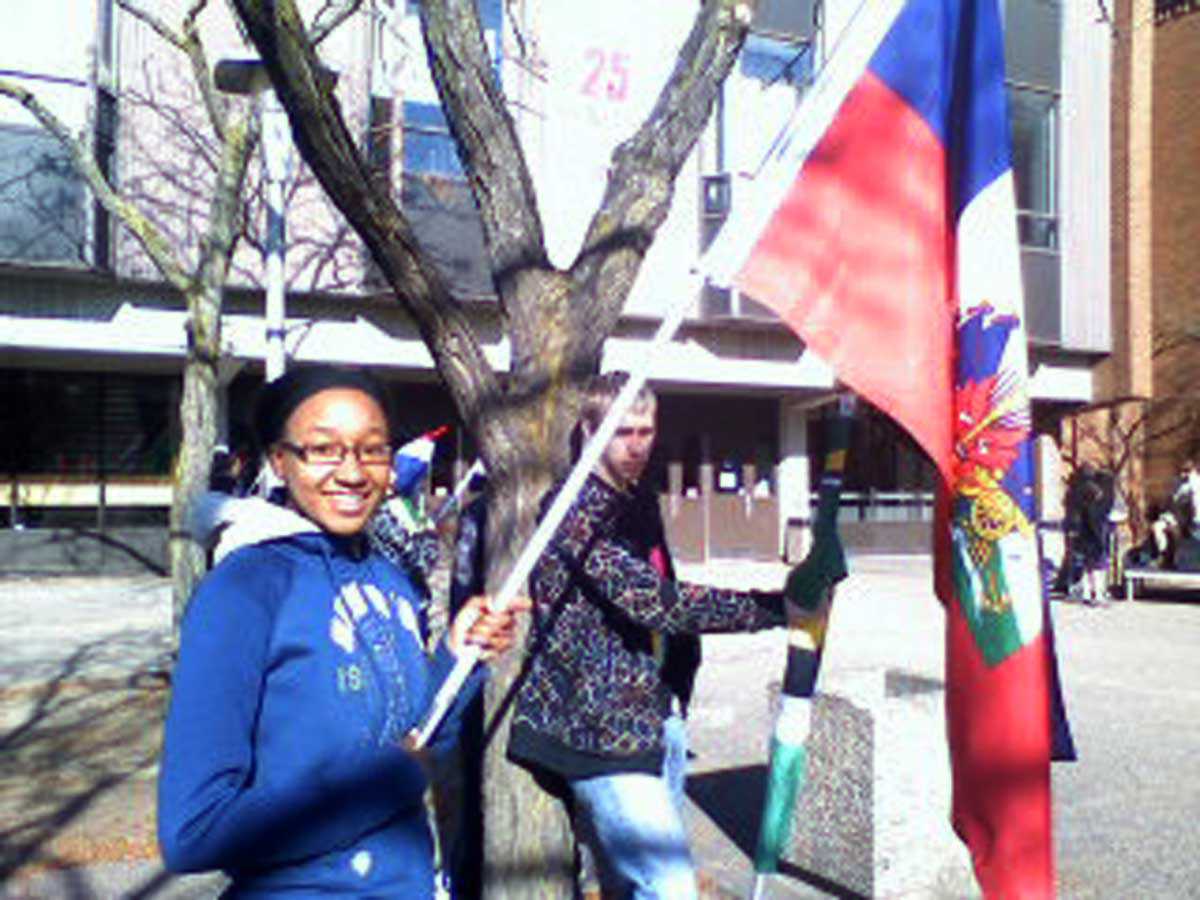
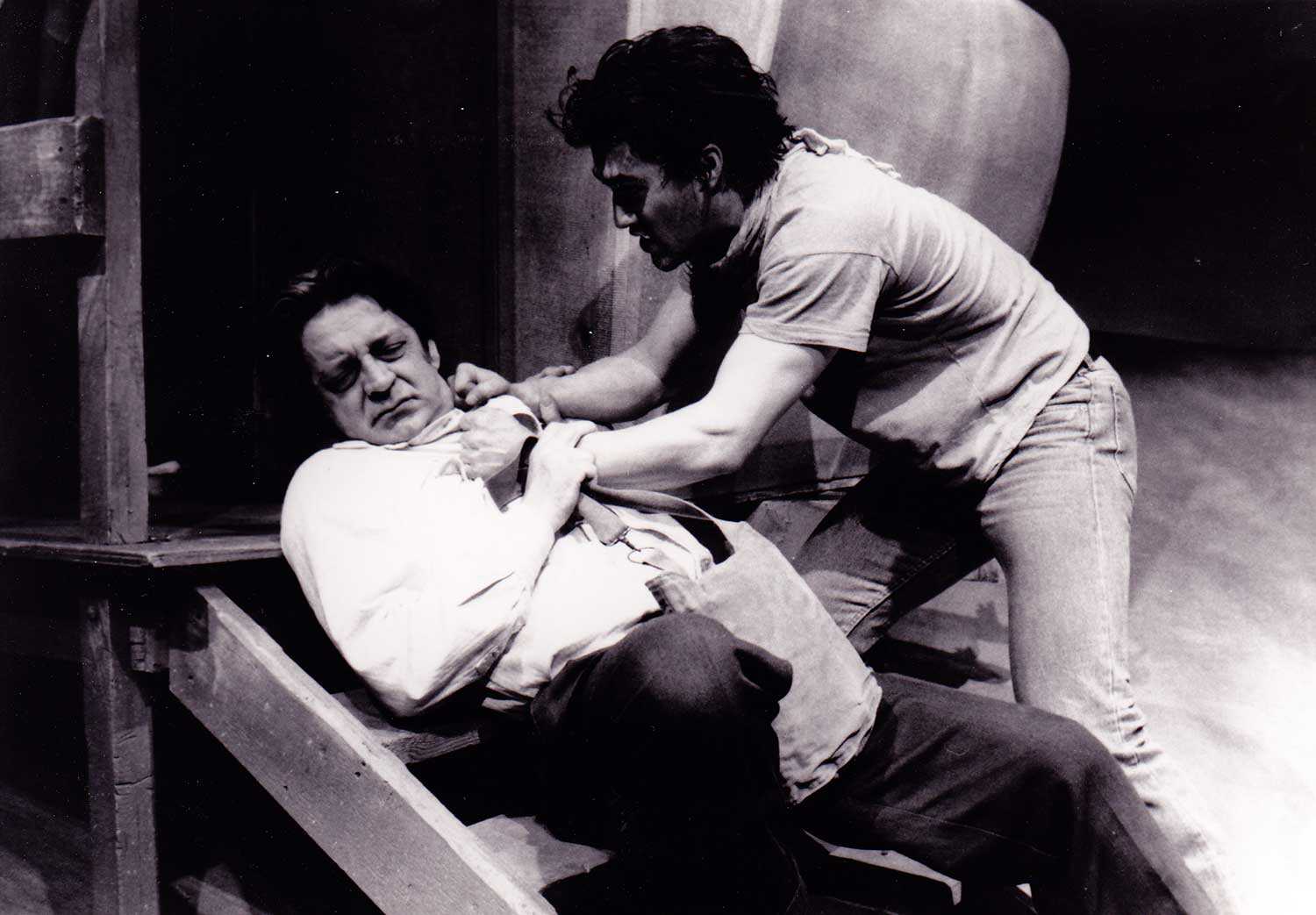
![Students demonstrating against Regulation 17 outside Brébeuf School on Anglesea Square in Ottawa’s Lowertown, in late January or early February, 1916 / [Le Droit, Ottawa]. University of Ottawa, Association canadienne-française de l’Ontario archive (C2), Ph2-142a.](https://www.heritage-matters.ca/uploads/Articles/Cecillon-Ph2-142a-web.jpg)
